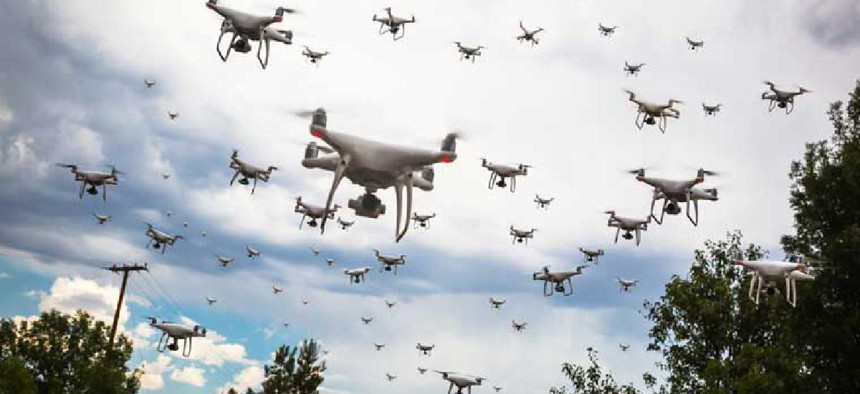Soaring Otter keeps autonomy and technology in step

The program aims to help the Air Force more easily develop autonomous applications and integrate them into critical systems handling intelligence, surveillance and reconnaissance.
As autonomy advances in step with improving computer hardware and software, new capabilities surface, but so do new challenges. The Air Force Research Laboratory (AFRL) is calling on researchers to help it push the envelope on autonomous systems and applications so it can solve complex problems related to global persistent awareness, resilient information sharing and rapid decision-making.
The Soaring Otter broad agency announcement is inviting government, industry and academic researchers to help the AFRL more easily develop autonomous applications and integrate them into critical systems handling intelligence, surveillance and reconnaissance (ISR), electronic warfare, cybersecurity and command and control systems -- such as those that identify and recognize targets, plan routes for unmanned aircraft systems and manage tasks related to positioning, navigation and timing.
Additionally, because it’s not clear how best to safely and efficiently test and integrate new solutions, the AFRL wants help drawing up a detailed process for taking technology from lab testing to final field and flight deployment.
The $98 million program will be a one-step, closed BAA focused on seven main topics. It will address development, testing and evaluation of autonomy capabilities and lightweight, real-time computing approaches and applications that can bring the greatest benefit to ISR missions. An open system architecture, along with approaches for integrating new autonomy systems into larger systems and support for maturing systems is also desired.
According to AFRL, Soaring Otter will address the topics both individually and collectively, so research will be conducted under “full consideration of how the new technologies can progress toward full integration with large, complex systems, ready to transition to support of the warfighter,” the BAA said.
Technical and cost proposals are due March 10.
NEXT STORY: Army sees counter-drone tools for cooks, medics





